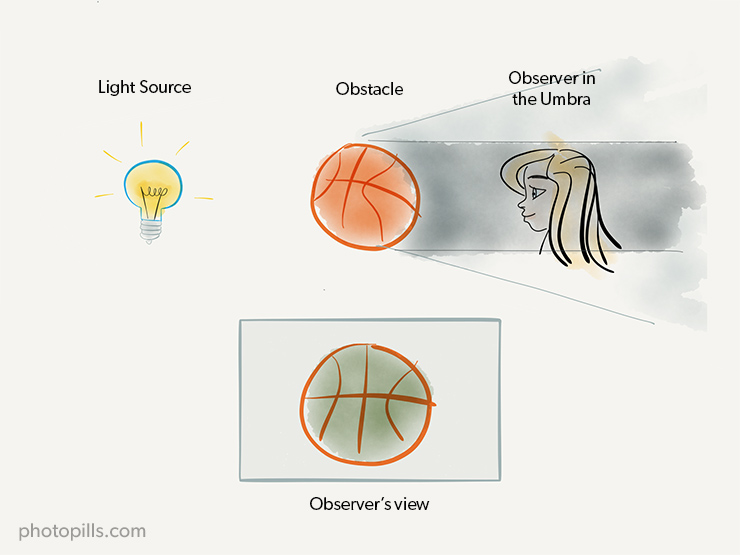

Why are There No Antumbral Lunar Eclipses? It may later turn into a total solar eclipse, which is a rare phenomenon called a hybrid eclipse. Thus its diameter will be around zero.ĭue to the Earth’s curvature, an eclipse may begin as an annular solar eclipse initially.

If the distance between the Moon and the Earth is smaller, then only the tip of the V-shaped antumbra will reach our planet during parts of the eclipse. At higher altitudes, the antumbra’s size grows according to the Sun’s rays. The antumbra’s path, on average, reaches a width of just over 60 miles / 100 kilometers at the Earth’s equator. If the Moon is farther away, then the antumbra is larger. The size of the Moon’s antumbra solely depends on the Moon’s distance from us. The Moon’s umbra regularly falls on Earth when it is located closest to us, resulting in a solar eclipse.Ĭonversely, an annular solar eclipse is visible from Earth if the Moon’s distance is greater during the eclipse and the antumbra reaches us. Since the Moon’s orbit around the Earth is highly elliptical, its distance changes constantly. If one will move away from the Moon and into its antumbra, its size decreases, and the Sun’s outer edge becomes visible – the ring of fire. If one would move closer to the umbra, the Moon’s apparent size increases and the Sun is still completely obscured. The Sun’s apparent size matches that of the Moon, where the two spot V-shaped shadows meet, and the umbra turns into the antumbra, marking the location.įrom that spot, the Sun and Moon appear equally large. Why are Only Some Solar Eclipses Annular? Since both the Earth and the Moon are in constant motion, the antumbra moves across the Earth’s surface during an eclipse, and thus it can be seen along a narrow eclipse path.įor example, the annular solar eclipse, which occurred on February 26, 2017, was only visible along a slim belt stretching from southern Latin America to central Africa and parts of the South Pacific Ocean and the South Atlantic Ocean. During an annular solar eclipse, the antumbra covers a very small area on Earth. Unless a total solar eclipse is in process, then the Moon’s dark side experiences an annular solar eclipse.Īnnular solar eclipses are rare since the Moon’s antumbra rarely hits the Earth. That is the case during a total solar eclipse when the Moon’s umbra covers the Earth. Since the antumbra starts beyond the Moon’s umbra at a certain distance, it doesn’t form if the shadow hits a solid object within the umbra’s range. When these two shadows meet, the area they create appears similar to an hourglass. In contrast to the umbra, the antumbra’s diameter increases with a growing distance from the Moon.

When the umbra’s diameter decreases, it creates a V-shaped shadow core, and if it falls on Earth, it creates an annular solar eclipse. In the case of the antumbra, it can only cause annular solar eclipses. When it comes to the penumbra, it is responsible for the partial solar eclipse, partial lunar eclipse, and the penumbral lunar eclipse. Total eclipses are among the rarest types of eclipse, and apart from them, the umbra may is responsible for a partial eclipse. If a celestial body, such as the Earth, enters the Moon’s shadow, then we will experience a solar eclipse however, if the Moon travels through Earth’s shadow, we will witness a lunar eclipse.Įvery category of the eclipse depends upon the type of shadow which is cast upon a celestial object. The penumbra is the outer part of a shadow, while the antumbra is the shadow that begins where the umbra ends. If an observer is standing inside the antumbra during an annular solar eclipse, that person will be able to see the edge of the Sun’s disk as a “ring of fire” around the Moon. We can witness the light source’s outer rim around the object casting the shadow in the antumbra. The antumbra is the lighter part, and it solely exists if the light source has a larger diameter than the opaque object. The umbra is the darkest and central part of the shadow. This shadow has three different areas, the umbra, antumbra, and penumbra. The Antumbra ShadowĪny opaque object illuminated by a light source will create a shadow into space. Let’s see exactly what an antumbra shadow is and how it creates annular solar eclipses. The antumbra is the lighter part of a shadow, similar to the penumbra however, it forms at a certain distance from the object casting the shadow. The other two types of shadows, the umbra, and antumbra create three different types of eclipses. The antumbra shadow is the only area of a shadow responsible for just one type of eclipse, namely the annular solar eclipse.


 0 kommentar(er)
0 kommentar(er)
